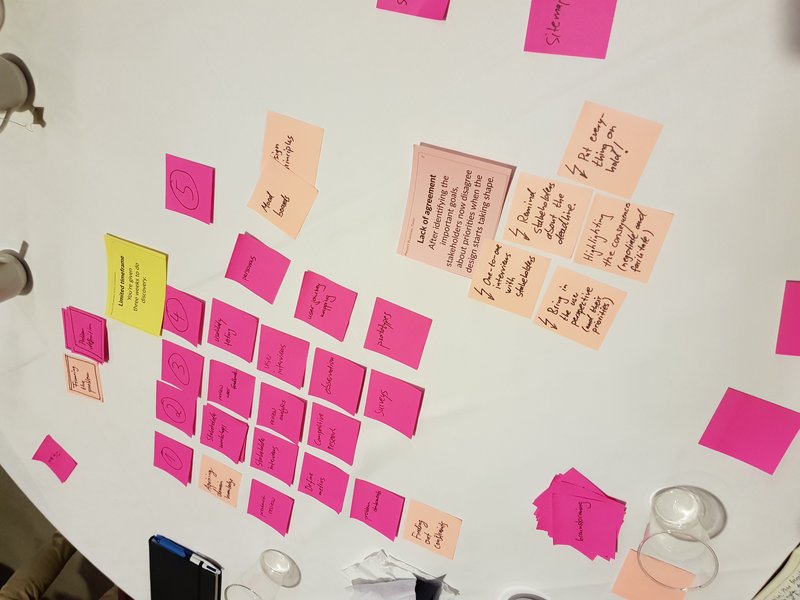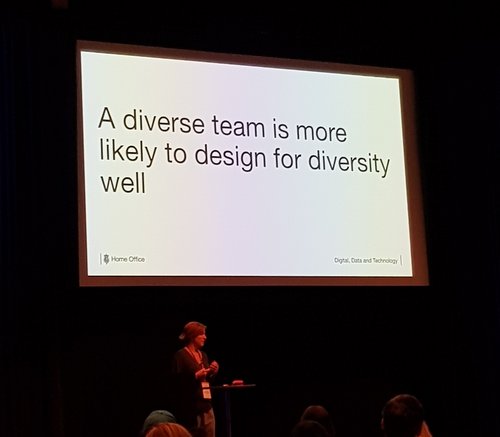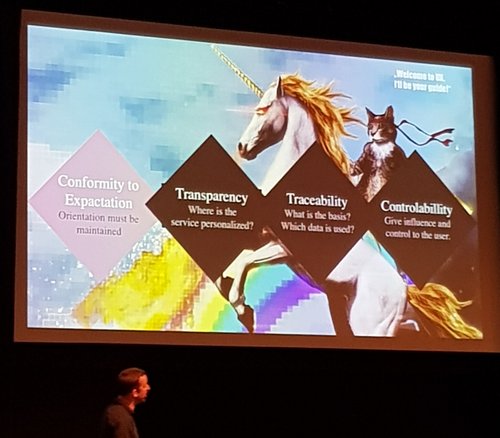Euro IA 2017 – Information Architecture and Design in Stockholm
Being a city coder entails much more than just hammering away at ready-made Github issues. On the contrary, it is increasingly becoming a process of service design, starting from trying to figure out basic service needs and expectations, and constantly and iteratively honing the service with the actual end users. Increasingly our end products are not code, but actually the Github issues that somebody else will end up coding and we will end up reviewing.
Therefore, trying to further our expertise on the whole process of service design, the Open Software Development team made a trip to our dear close neighbor Stockholm, which hosted the EuroIA 2017 conference bringing together information architects and UX designers all over the world over three days of interactive workshops as well as shorter talks and presentations.
Information Architecture is a whole scene of its own, trying to make sense and structure of complex operating environments and translating them to user-approachable bits of online services and data. The City of Helsinki is very much such an environment, with close to 40 000 employees spread over the executive office, four divisions led by their own deputy mayors, and various subdivisions, branches, subsidiaries and external collaborators depending on whether we’re dealing with education, urban environment, culture and leisure, or social services and health care. As part of the executive office, our role at Open Software Development is to make sense of this organization and provide integrated services across all these divisions.
Having arrived to Stockholm the previous evening and tasted some delicious local vegetarian grub and craft beer, we were all set for one of the key workshops of the conference: Crafting the Discovery Phase. An integral part of any project, the discovery phase might be the only one that ever ends up actually being implemented before the project is re-evaluated. On the other hand, some projects may find themselves in this phase a long time or repeatedly, if no clarity is obtained on what actually is being done and who are the stakeholders. Therefore, it is crucial to get at least some steps right, to pave the way for actual coding.

What we found out is that Post-It notes are very much an in method of cooperation these days. Trying to solve our way through a discovery phase with a variety of drawbacks and limitations, post-its were the crucial tool at our group’s disposal. At the same time, we did learn much of the various things thatshould or could be done at the discovery phase, provided we actually had the resources to do proper user research. More often than not, a more cost-effective way in a small project is to hear a few stakeholders, construct a first prototype and re-evaluate after that; in a large project, however, a proper discovery phase and research is essential.

Shockingly, what was still missing from this description of the discovery phase was any mention of agility. The process was described as a very piecemeal affair, where the information architects are in charge of user research and interaction, but the end product is actually a deliverable handed over to somebody else who will lead the project forward. While this may be the reality in many projects, it does result in a loss of memory and most likely work being redone later by different people. Luckily, our projects are much more fine-grained in that discovery-like periods might come up at any time of product development after the prototype, as the stakeholder pool is extended, new needs are identified and user feedback is collected.

Another important talk, in my opinion, was given by Per Axbom on the ethics of design. Working for the public as opposed to the private sector, we must regardless be aware of the impact of the work we are doing and the beneficiaries of our services. Who are the main stakeholders, and are we evaluating their needs on a fair basis? Working within a certain group of likeminded people, most of them white, young, professional, and predominantly male, will result in a skewed perception of user needs, no matter how good our intentions. Also, as coders we do tend to emphasize certain technical aspects over inclusivity. The same theme, and broadening our user and coder base as tools of tackling that, was discussed by Katy Arnold from the UK Home Office. Working in a coder team of eight white men, I am quite acutely aware of the lack of diversity in our own operations.
The final Diagrams, Maps and Models workshop, as given by the BBC User Experience Team, focused on service design mapping as tools of clarifying what the service is about and how it presents itself to the user. While we started from physical maps, it soon became apparent that the key tool, once again, is the humble post-it note, as it allows endless rearranging of all the team members priorities and observations around the key topic of mapping a complete user experience from start to finish.

Finally, an important talk on the personalization of services was delivered by Mathias Wrba. This is a very topical issue, as Helsinki is planning to offer digital services to residents on a more personalized basis, allowing people to select their interests and offer them the most important data according to their own preferences. Whenever a service is personalized according to user data, certain key principles must be upheld:
- The orientation and structure of the service should stay constant no matter if the user is logged in or not.
- Any personalization of the content should be transparent, so the user knows what everybody sees and what is based on his own preferences.
- Any personalization should be completely traceable by the user, so the user knows what data is used and why. This neatly combines with the whole discussion of My Data in digital services. The public sector should be the forerunner, setting an example on how personal data is collected and displayed so that control remains firmly in the hands of the citizen, and no data is delivered to us or third parties without clear and explicit consent.
- Personal data should be completely controllable by the user, so any personal data can be deleted and the permission to use it may be revoked, if the user does not wish it to be used.
In all, events such as this are key material for the public sector to learn on international experiences in design for complex organizations. The speakers were a good mix of freelancers and external designers bringing in fresh thoughts and personal perspective on the design world on one hand, and established public sector design teams on the other hand, showing how much work there remains to be done in Helsinki, if we wish to be among the best of the world in design inclusivity and digital services.
Author: Riku Oja
